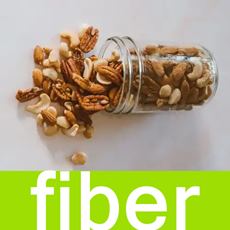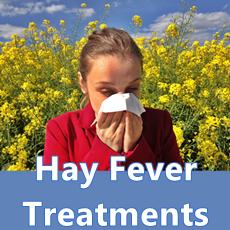Nuts: Properties & Benefits
Nuts are a healthy Food
Fact Checked
×All the content published in our website is fact checked to validate its accuracy.
Visit our guidelines web page to learn more about our strict processes regarding how we review our content's sources: reliable and reputable journals, media websites, universities, colleges, organizations, and professionals.
Our articles are based on scientific evidence, and the references are included in their footnotes, which are clickable links to sound scientific papers.
First published: 14. Feb.2025
Overview
Tree nuts, including peanuts, form part of a healthy and balanced diet according to the Dietary Guidelines for Americans (2020-2025). They are regarded as a source of protein and healthy fats, energy-dense foods that also provide health benefits. This article summarizes the properties of tree nuts and peanuts and links to detailed individual nut pages like almonds, walnuts, hazelnuts, and chestnuts.
References and Further Reading
(1) Guasch-Ferré M, Bulló M, et al., (2013). Frequency of nut consumption and mortality risk in the PREDIMED nutrition intervention trial. BMC Medicine. 2013, 11: 164-10.1186/1741-7015-11-164.
(2) Ellsworth JL, Kushi LH, Folsom AR., (2020). Frequent nut intake and risk of death from coronary heart disease and all causes in postmenopausal women: the Iowa Women's Health Study. Nutr Metab Cardiovasc Dis. 2001 Dec;11(6):372-7. PMID: 12055701
(3) van den Brandt PA., (2011). The impact of a Mediterranean diet and healthy lifestyle on premature mortality in men and women. Am J Clin Nutr. 2011 Sep;94(3):913-20. doi: 10.3945/ajcn.110.008250. Epub 2011 Jul 27. PMID: 21795445
(4) Baer HJ, Glynn RJ, Hu FB, Hankinson SE, Willett WC, Colditz GA, Stampfer M, Rosner B., (2011). Risk factors for mortality in the nurses' health study: a competing risks analysis. Am J Epidemiol. 2011 Feb 1;173(3):319-29. doi: 10.1093/aje/kwq368. Epub 2010 Dec 6. PMID: 21135028; PMCID: PMC3105270
(5) Rohrmann, S., Faeh, D., (2013). Should we go nuts about nuts?. BMC Med 11, 165 (2013). https://doi.org/10.1186/1741-7015-11-165
(6) Yi SY, Steffen LM, Zhou X, Shikany JM, Jacobs DR Jr., (2022). Association of nut consumption with CVD risk factors in young to middle-aged adults: The Coronary Artery Risk Development in Young Adults (CARDIA) study. Nutr Metab Cardiovasc Dis. 2022 Oct;32(10):2321-2329. doi: 10.1016/j.numecd.2022.07.013. Epub 2022 Jul 31. PMID: 35970686; PMCID: PMC9529993.
(7) de Souza RGM, Schincaglia RM, Pimentel GD, Mota JF., (2017). Nuts and Human Health Outcomes: A Systematic Review. Nutrients. 2017 Dec 2;9(12):1311. doi: 10.3390/nu9121311. PMID: 29207471; PMCID: PMC5748761
(8) Gonçalves B, Pinto T, Aires A, Morais MC, Bacelar E, Anjos R, Ferreira-Cardoso J, Oliveira I, Vilela A, Cosme F., (2023). Composition of Nuts and Their Potential Health Benefits-An Overview. Foods. 2023 Feb 23;12(5):942. doi: 10.3390/foods12050942. PMID: 36900459; PMCID: PMC10000569
About this Article
Nuts: Properties & Benefits, A. Whittall
©2025 Fit-and-Well.com. First Published: 14.Feb.2025. Update scheduled for 14.Feb.2028. https://www.fit-and-well.com/diet-food/nuts-benefits.html
Tags: nuts, allergy, phytochemicals, vitamins, minerals, omega fatty acids, protein, diet, fiber





